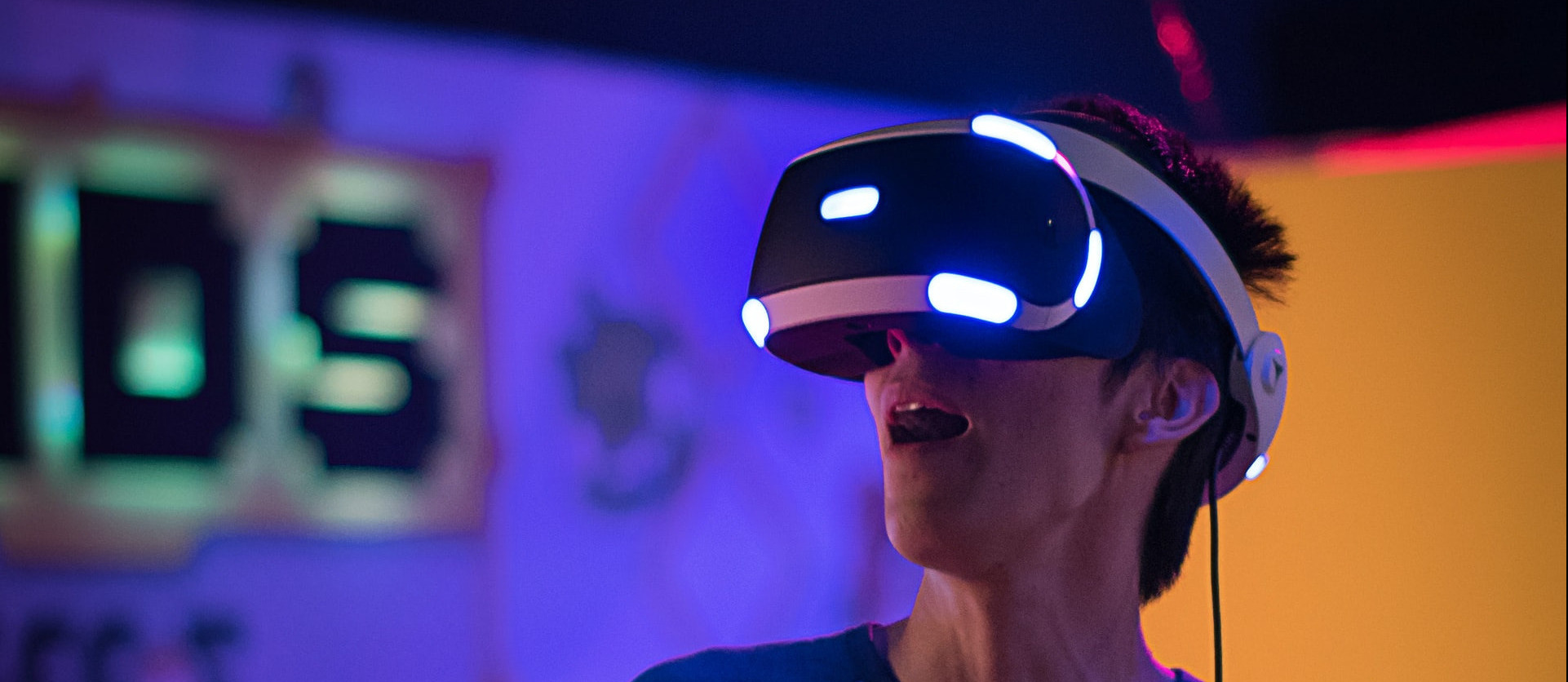To liven up the learning process, enhance student engagement, and maintain the sense of community despite the lockdown, colleges and universities have started leveraging smart learning environments, virtual tutors, and gamification.
Smart learning environments
Bringing whiteboards, 360-degree video tools, and augmented and virtual reality in education, colleges can create immersive learning experiences.
Interactive whiteboards, for instance, allow more flexibility in content delivery, support file sharing, and provide simple access to the internet, engaging learners via multiple models of interaction.
AR and VR simulations help students grasp complex concepts, reconstruct historical events, engage in practical training, and more. San Diego State University, for instance, has already turned the power of VR in education to their benefit. The smart school uses VR headsets to teach astronomy and make students experience ideas that cannot be explained verbally via visual means.
And here’s an interesting use case of augmented reality in education. Rensselaer Polytechnic Institute has built
an immersion lab with a 360-degree projection system that “transports” the school’s Mandarin learners to Chinese city streetscapes. Conversing with AI-powered avatars that recognize learners’ speech, gestures, and facial expressions, the students master Mandarin twice as fast as their fellows taught in conventional classrooms.
Virtual tutors
Virtual tutors are intelligent, AI-powered avatars one can converse with just like with a human. The behavior of a virtual tutor can be tailored to any task, from enhancing medical students training to facilitating foreign language practice. The avatars can even be trained to mimic a person with a trauma to, say, act as a patient for psychology students.
Among the universities that have already adopted virtual teachers and tutors is the University of Buffalo’s Graduate School of Education. The school uses an avatar named Kevin to enhance learning experience for students majoring in teaching. Now the students perfect their tutoring and instructing skills talking to a virtual counterpart and already notice an increase in their professional confidence.
Gamified virtual campus solutions
Having switched to videoconferencing to enable distance learning, universities and colleges are now
embracing gamification features and
augmented reality apps for education to create virtual campuses.
Virtual campuses are interactive environments where students can meet, study, and chat. Just like in video games, a student uses their laptops’ keyboard and a microphone to walk around the campus and talk with other students or professors presented by digital avatars.
Stanford’s Graduate School of Business is one of the pioneers in adopting virtual campus technology. The environment they’ve built allows students to navigate the digital copy of the school’s campus, “teleport” from one room to the next and attend online classes with an instructor’s avatar on the virtual stage. In turn, the instructors can put students into private groups, hand out lecture notes, and more.
















